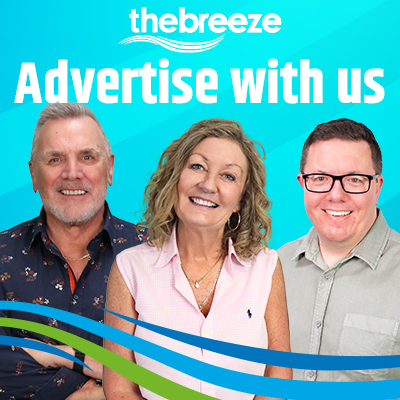In the world of advertising, measuring effectiveness is crucial. With businesses constantly vying for the attention of consumers, it’s imperative to understand what works and what doesn’t. Whether you’re using digital marketing or more traditional forms like newspaper, radio, and television, getting accurate results is key.
Let’s dive into how you can effectively test results from various advertising mediums and avoid common pitfalls.
Understanding Key Metrics: Reach, Engagement, and Conversion
Let’s look at some of the terms you will need to understand when determining the effectiveness of your advertising.
Why Conflicting Campaigns Don’t Work
Running contrasting ads on different platforms leads to mixed messaging, confusing the audience. For instance, if a TV commercial offers a 20% discount while a radio ad offers a 30% discount on the same product, it dilutes the effectiveness of both. It’s crucial to maintain consistency in your messaging across all channels.
If you advertise one product on Radio and another on digital platforms you are effectively diluting your advertising message. Decide what you want to advertise and stay with it across all media for the best results.
Challenges with Traditional Advertising Methods
- Coupons are Passe
- The Decline of Newspaper Advertising
- Radio’s Call-to-Action Conundrum
While coupons were once a popular way to gauge the effectiveness of an advertising campaign, they’ve lost their appeal in many sectors. The digital age has ushered in easier ways to offer discounts, and consumers now often perceive traditional paper coupons as cumbersome and outdated.
Fewer people are turning to newspapers as their primary source of information. With the rise of the internet, the readership of print media, especially newspapers, has seen a decline. Thus, newspaper advertising often doesn’t offer the reach and engagement it once did.
Brand awareness also works better with frequency, something that newspapers cannot offer cost-effectively. Most advertisers can’t afford to have multiple ads in a newspaper or advertise each day, or week (in weekly papers) due to the high cost of newspaper advertising. Often to reduce costs, clients will take an option away from the first 5 pages, making their product or service invisible to potential customers.
Asking listeners to mention a specific radio ad for a discount or benefit is an unreliable method for tracking engagement. Listeners might forget the exact wording, or they might not feel the need to mention the ad if they already intended to make the purchase. Plus, it places an unnecessary burden on the listener. Real-Life Examples:
Case Study: A client wanted to run a ‘mention this ad to get a $10 deal on a floor rug”. The client had increased floor traffic during the promotional period but believed it didn’t work because ‘nobody asked’ about the $10 floor rugs. On subsequent visits to the store, our account manager noticed increased foot traffic, people looking and leaving due to a lack of staff to support the campaign.
When our account manager mentioned that the campaign was successful because of the lack of floor rugs on display, the owner told them that they were behind the counter and they would only be brought out if the customer asked (as per the ad). The owner had not considered that many prospective customers would come in and due to a lack of floor staff and support, assumed that the sale was finished, the stock had sold or they may have the wrong business.
The Imperative of Point-of-Sale Promotion
Whether you’re advertising on TV, radio, digital platforms, or in print, reinforcing the ad’s message at the point of sale is critical. In-store displays, banners on a website, or special promotions that echo the advertising message can reinforce the consumer’s decision to buy, leading to higher conversions. This synergy ensures the message is consistent from the ad to the point of purchase, building trust and increasing the likelihood of a sale.
In today’s saturated advertising landscape, it’s more important than ever to ensure that campaigns are effective. By understanding key metrics, avoiding inconsistent messaging, and recognizing the limitations of certain traditional methods, businesses can maximise their advertising ROI. Remember, the ultimate aim of any ad campaign is not just to be seen or heard, but to inspire action, now or in the future.
Cheryl Jowitt is co-founder of Rebel Connect PL, a family owned and operated Australian business that provides total marketing solutions. Rebel Connect clients have access to advertising across the company’s radio networks, Rebel FM & the Breeze and Rebel Agency, a digital marketing solutions company providing website development, SEM and social media marketing strategies.




